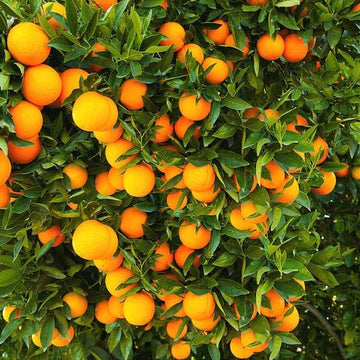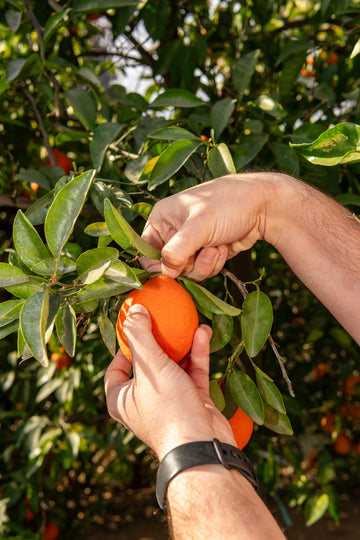REDLANDS, Calif. — Following the announcement of a large-scale mandatory fruit removal effort to combat the spread of the Oriental fruit fly, one local citrus expert is working hard to educate neighbors and fellow citrus tree owners on the dangers these pests pose.
John P. "JP" Beall is a Redlands resident with a family history of citrus-growing and citrus-packing that goes back five generations. Beall is on the board of the San Bernardino County Farm Bureau and a part of the Steering Committee for Young Farmers & Ranchers of San Bernardino County.
In a conversation with Community Forward Redlands, Beall shared his concerns over the spread of the Oriental fruit fly in Redlands. On Instagram, he shared five key insights and actions to help prevent the spread of the fruit fly:
- We all need to do our part: The Oriental fruit fly is a serious cause for concern for anyone with a garden or fruit trees on their property. The fly lays eggs inside of produce and has no natural predators, making an infestation difficult to get rid of and easily spread.
- How to identify the pest: To fight the spread of the Oriental fruit fly, it is important to know what signs to look for. The pest is typically between 6 and 8 millimeters in length, and the larvae are small and cream-colored. If you think you might have spotted the pest, contact your county’s agricultural department to report the sighting and ask for next steps.
- Pick produce promptly: Beall warns that leaving fruit to rot on trees or letting them go bad and fall to the ground can attract the fruit fly. Maintaining trees by picking healthy fruit and properly disposing of rotten produce can help deter the pest.
- Cooperate with agricultural officials: “County agricultural departments in or near quarantines or outbreaks of the fruit fly are using an organic bait on people’s individual properties that has been proven effective at catching and killing the fly,” said Beall. “It is non-toxic, it is not harmful to animals or to people and it is applied to everyone's plants in their gardens.”
-
Keep fruit on the property it came from: If you are living in or near a quarantine zone, do not sell or give fruit from your property to others. You can still use the fruit within your own home and process it into things such as jam or juice, however scraps must be discarded in a sealed bag or container. Any unused fruit should be discarded similarly.
If you plan on using the fruit, Beall suggests looking for puncture sights and other signs that the fruit has been infected.
Residents who are impacted by the upcoming removal are advised against trying to remove the fruit themselves.
Fruit removal details: More than 2,000 residents in Redlands will be asked to comply with a mandatory fruit removal that will be spearheaded by the California Department of Food and Agriculture (CDFA).
The operation was announced on Jan. 25 and will take place through February. Fruit removal crews will include CDFA and USDA personnel, California Conservation Corps employees and specialized private contractors.
For properties located within the fruit-removal zone, residents will receive a 48-hour notice prior to the removal. The zone spans both sides of I-10 stretching from E. Highlands Avenue to the north, Garden and Elizabeth streets intersection to the west, Alta Vista Drive to the east and Silver Leaf Court to the south. As the quarantine continues to evolve, it is important to continue following updated actions and regulations put out by agricultural officials.
What they’re saying: "We believe completing the removal process in Redlands will be an effective approach to limiting the spread of the Oriental fruit fly,” said Steve Lyle from the CDFA. He emphasized for those who live outside of the fruit removal boundary there is no immediate risk of losing fruit due to mandatory removal.
Moving forward: For more information about the Oriental fruit fly and quarantine efforts, residents are encouraged to visit CAFruitFly.com
You can view Beall's full video here.





